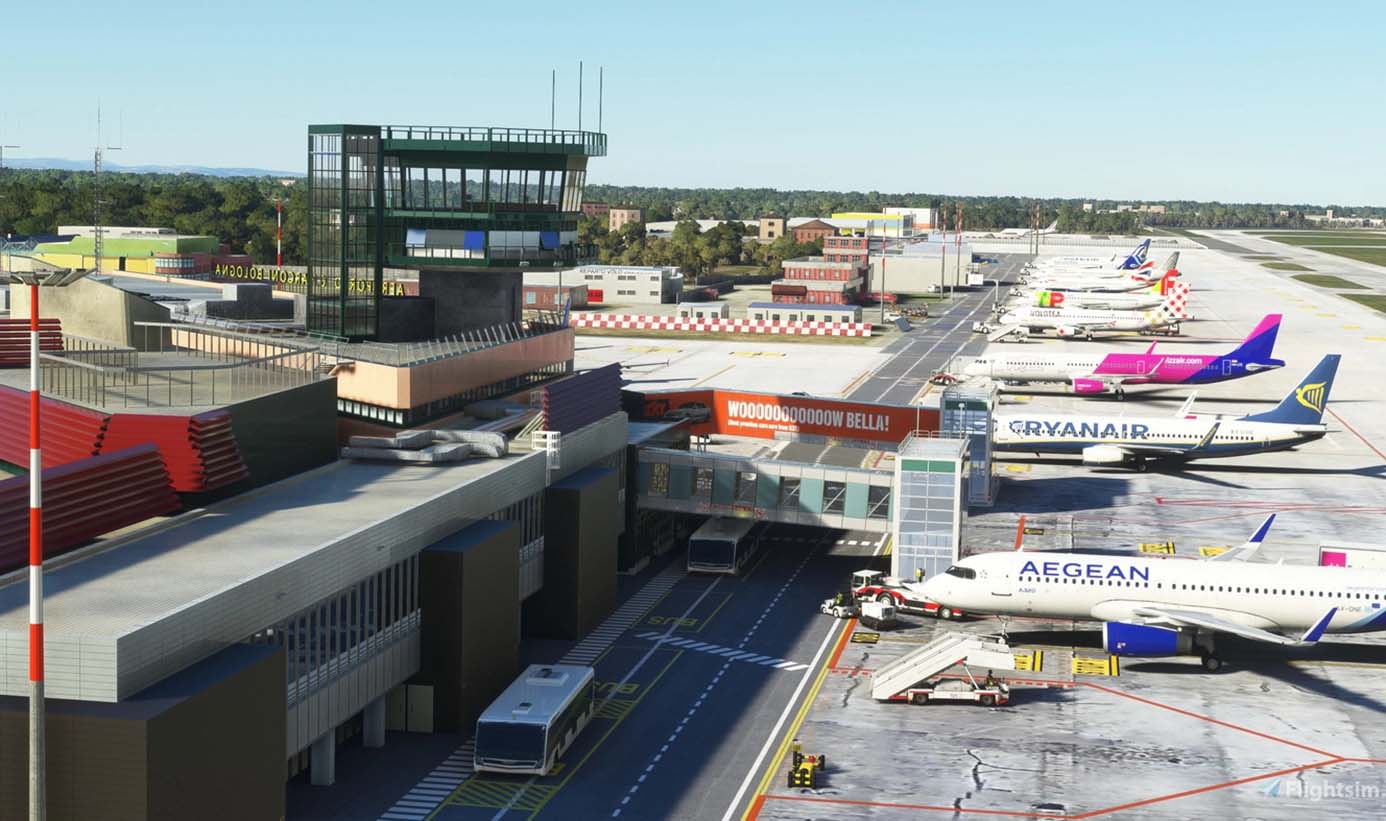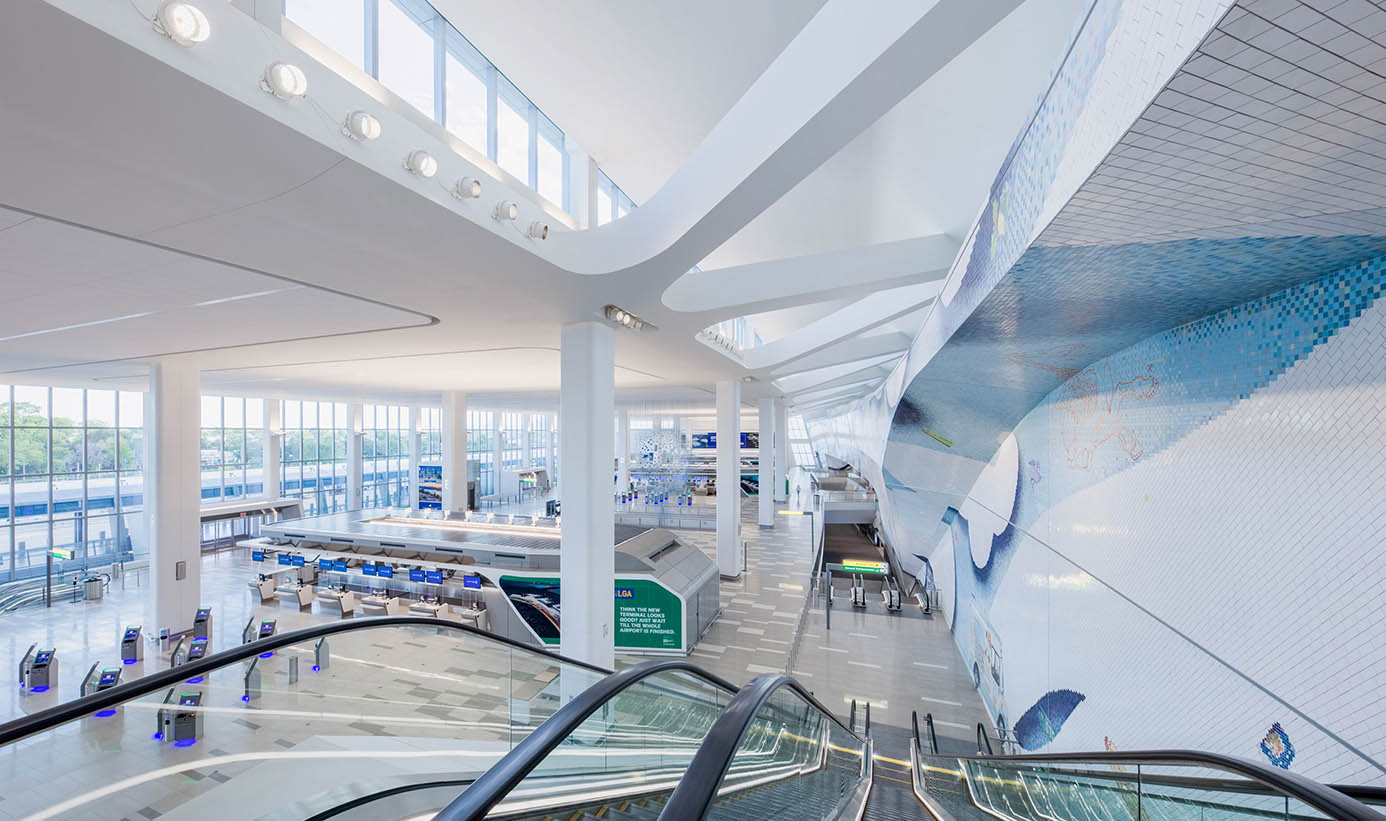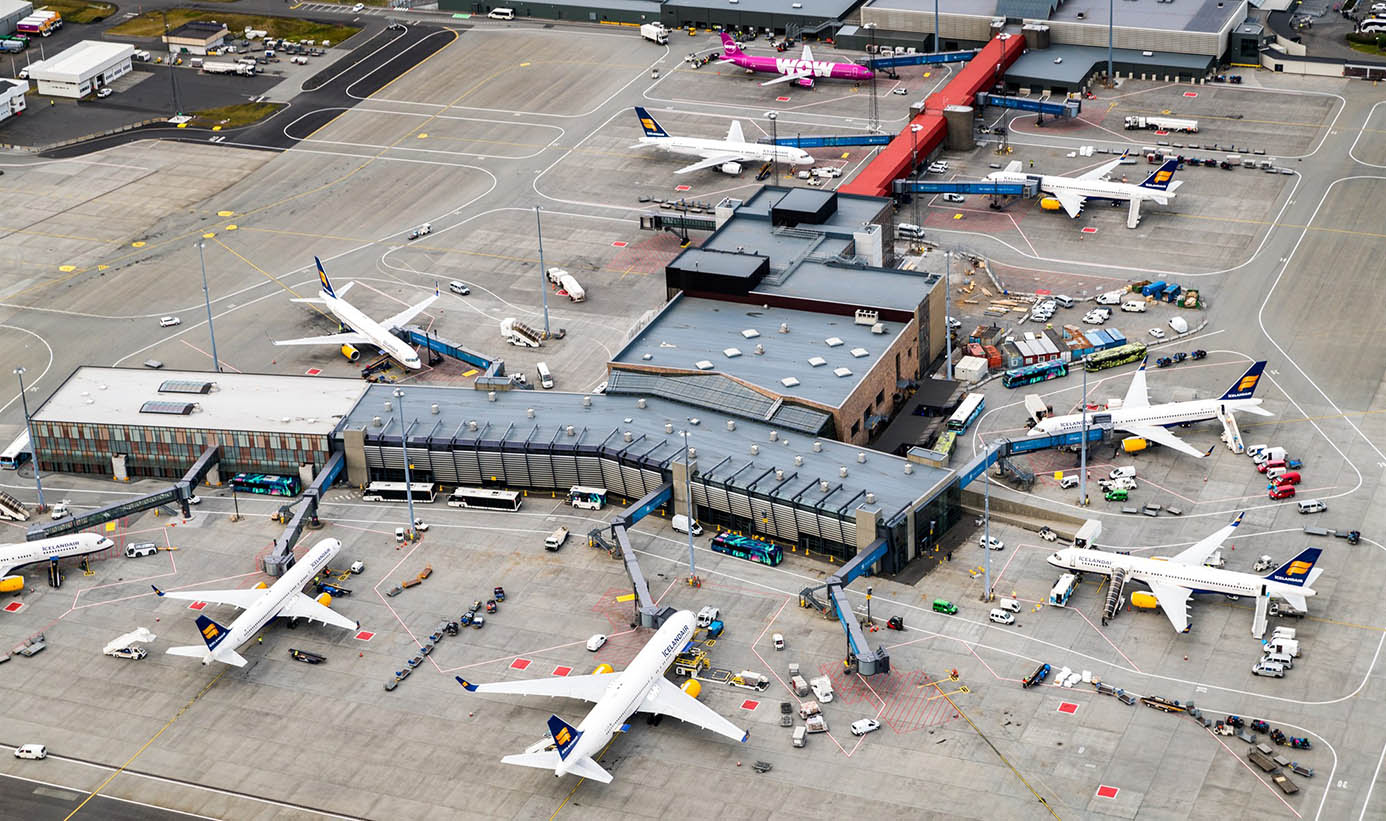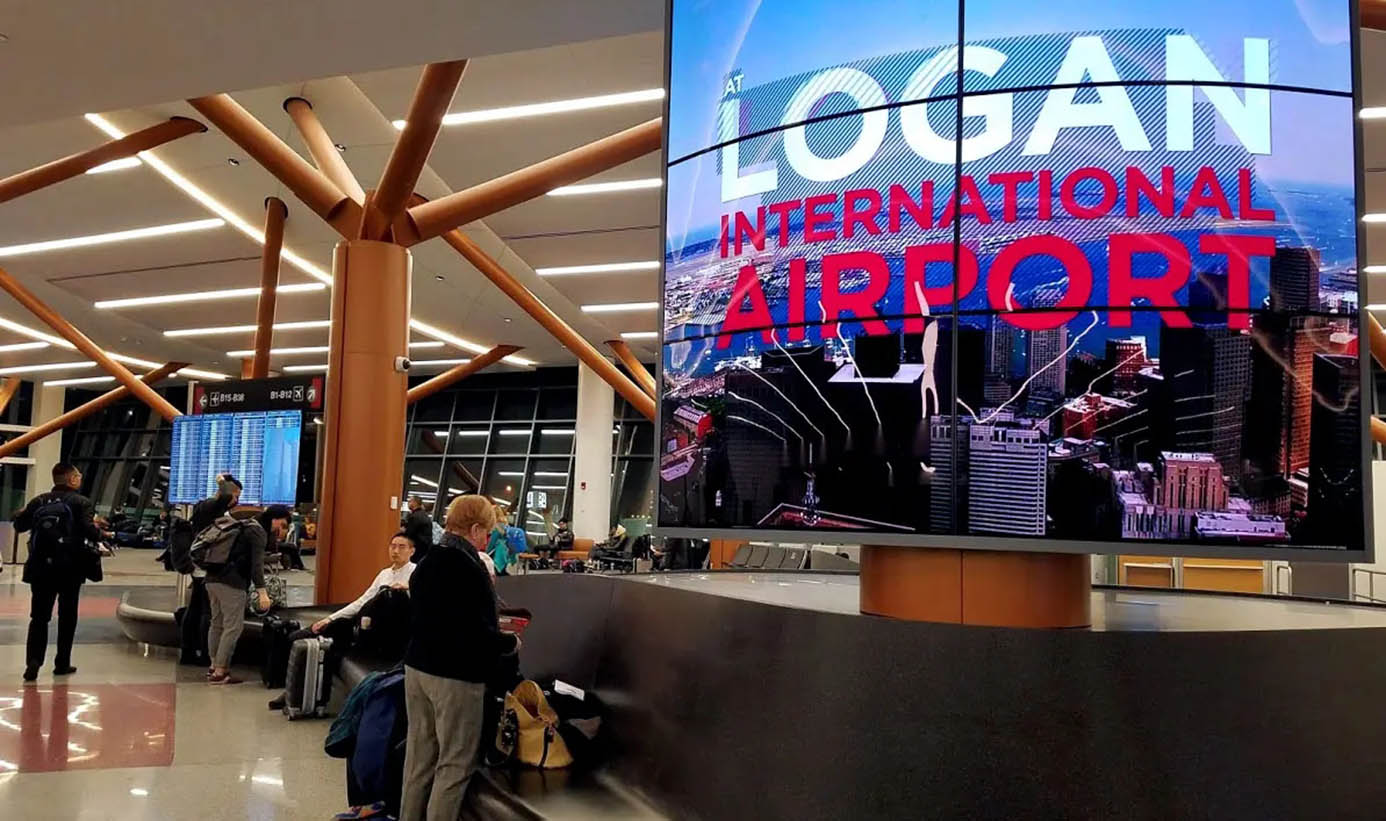Bologna, a cultural and gastronomic gem nestled in the heart of Italy, is a city that offers travelers a unique blend of medieval architecture, rich history, and world-renowned cuisine. Known for its vibrant university atmosphere and the famous Bolognese sauce, the city attracts millions of visitors each year who are eager to immerse themselves in its old-world charm and culinary delights. Whether you’re a history buff, a foodie, or an art enthusiast, Bologna promises to be an unforgettable destination. To make the most of your trip, it is essential to plan your journey well, and booking flights to Bologna efficiently is the first step. This guide will provide you with detailed information about the best airlines, flight booking strategies, ideal travel times, and more, ensuring that your journey to Bologna is as smooth and enjoyable as possible. With this information in hand, you can focus on exploring the city’s treasures, from its historic streets to its vibrant food scene.
1. Overview of Bologna Airport
Bologna Guglielmo Marconi Airport (IATA code: BLQ) is a major international gateway in northern Italy, located approximately 6 kilometers (about 3.7 miles) northwest of Bologna’s historic city center. Named after the Italian inventor Guglielmo Marconi, the airport serves as a strategic hub for both leisure and business travelers heading to the Emilia-Romagna region and beyond. It features one main terminal equipped with modern facilities, including restaurants, duty-free shops, currency exchange, and rental car services. The airport is well-connected to the city via the Marconi Express monorail, a fast and eco-friendly link that takes around 7 minutes to reach Bologna Centrale station. Alternatively, taxis and shuttle buses are readily available, with typical travel times ranging from 15 to 20 minutes depending on traffic. The airport’s efficient layout and passenger-friendly services make it a convenient choice for travelers visiting northern Italy.
2. Major Airlines and Route Options
A wide array of international and regional airlines operate out of Bologna Airport, making it an important transit point in Europe.
- ITA Airways: As Italy’s national airline, ITA Airways offers multiple daily flights to Bologna from key Italian cities like Rome Fiumicino and Milan Linate. Known for its punctuality and onboard service, it is a solid choice for domestic travelers.
- Lufthansa: This leading German airline connects Bologna to major German hubs such as Frankfurt and Munich. It’s ideal for travelers transiting through Germany or connecting to intercontinental routes via Star Alliance partners.
- Ryanair: One of Europe’s largest low-cost carriers, Ryanair maintains a strong presence at Bologna Airport, providing numerous direct flights to popular cities like London, Barcelona, and Berlin. It’s a budget-friendly option for short-haul travel.
- Emirates: For long-haul passengers, Emirates offers a non-stop daily service from Dubai to Bologna, providing excellent options for those coming from the Middle East, Asia, or Australia via Dubai.
Other major carriers like Air France, British Airways, KLM, and Turkish Airlines also serve Bologna, ensuring travelers have a wide selection of routes, price points, and service levels to choose from.

3. Best Time to Book Flights
To secure the best prices and enjoy a wider selection of flight options, it’s highly advisable to book your tickets well in advance. According to the Expedia 2024 Air Travel Trends Report, the optimal window for booking international flights is around 60 days before your intended departure. This timeframe often provides the best balance between availability and affordability. Furthermore, data shows that booking on Sundays typically yields the lowest fares, possibly due to reduced booking activity, while Fridays are generally the most expensive day to make a purchase.
To save on costs, it’s also wise to avoid peak travel seasons such as summer holidays, Christmas, and Easter, when both prices and demand surge significantly. Instead, consider flying during off-peak months like January, February, and August, which often see lower ticket prices and less crowded airports. Flexibility with your travel dates can also help uncover better deals, especially if you’re willing to fly mid-week or during less popular time slots.
4. Using Flight Search Tools and Booking Platforms
To find the best flight that suits your schedule and budget, consider using the following platforms:
- Google Flights is highly recommended for its user-friendly interface, real-time pricing updates, and the ability to view fare trends over time. It also allows you to explore flexible date combinations, making it easier to pinpoint the cheapest travel days.
- Skyscanner is another excellent choice, particularly for travelers planning complex itineraries or multi-city trips. It aggregates fares from a wide range of airlines and travel agents, helping you spot the most competitive deals.
- Platforms like Expedia, Orbitz, and Kayak offer robust filtering options—such as nonstop flights, specific airlines, flight durations, and price brackets—allowing you to tailor your search to your needs.
For additional savings, be sure to enable fare alert notifications on these platforms. These alerts notify you of price drops or promotional deals for your selected route, helping you book at the most opportune moment without constantly rechecking.
5. Consider Open-Jaw Flight Itineraries
An “Open-Jaw” flight itinerary allows travelers to arrive in one city and depart from another, eliminating the need to circle back to your starting point. This is especially practical for travelers who wish to explore multiple regions without retracing their steps. For example, you might fly into Bologna to explore Emilia-Romagna’s culinary capital, then travel by train to Florence, continue to Venice for its canals and art, and finally end your trip in Rome or Milan, departing from there. This itinerary structure is not only time-efficient but can also reduce transportation costs within the country. Most airline booking engines and travel platforms, such as Google Flights, Skyscanner, and Expedia, offer a “multi-city” or “open-jaw” option during the booking process. Utilizing this feature allows you to build a more customized and seamless travel route. Additionally, pairing an open-jaw itinerary with a rail pass (like the Eurail Italy Pass) can make overland travel between cities smooth and cost-effective, while giving you the flexibility to linger longer in destinations that captivate you.
6. Cabin Class Options and Service Comparisons
Airlines generally offer four main cabin classes: Economy, Premium Economy, Business, and First Class. Choosing the right one depends on your travel priorities—comfort, budget, and the length of your flight.
- Economy Class: This is the most budget-friendly option and is widely available on all flights. While seat pitch and width may be limited, especially on long-haul routes, it’s an excellent choice for travelers focused on savings. Some airlines now offer “basic economy,” which is even cheaper but comes with stricter restrictions on baggage and seat selection.
- Premium Economy: A step up from standard economy, this class offers more legroom, wider seats, enhanced meals, and priority boarding. It’s a solid middle ground for travelers who want added comfort without splurging on business class. It’s especially worth considering for flights over 6 hours.
- Business Class: Designed for comfort and convenience, business class often features lie-flat seats, multi-course meals, lounge access, and expedited check-in and security. Ideal for business travelers or leisure flyers who prioritize rest and premium service, especially on overnight or intercontinental routes.
- First Class: The pinnacle of luxury, with perks like private suites, premium alcohol, top-tier entertainment systems, and personalized service. While very costly, it’s a memorable experience for special occasions or long-haul travel where comfort is paramount.
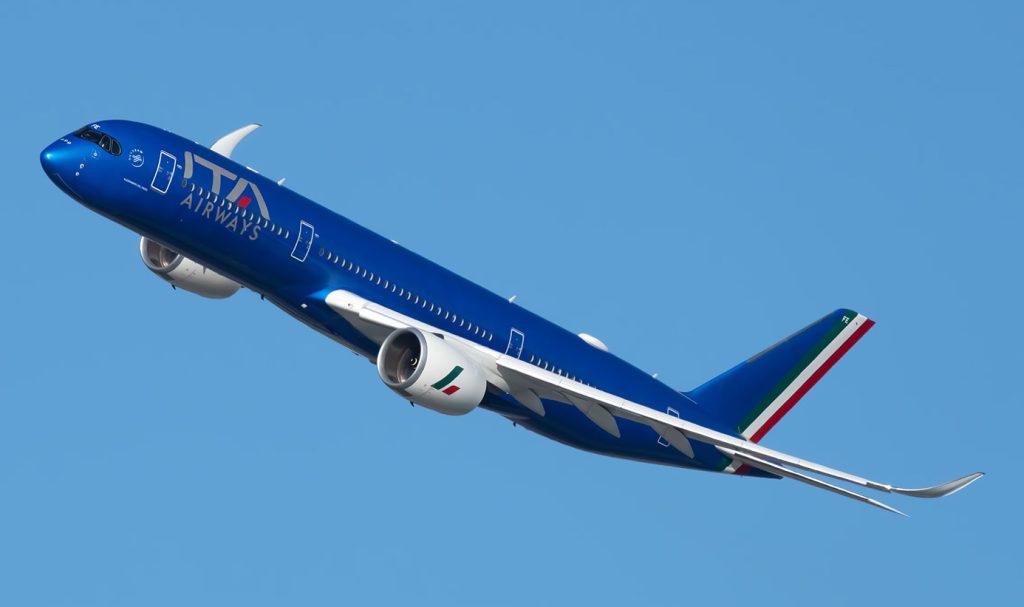
Always compare amenities, seat configuration, baggage allowances, and in-flight entertainment across different airlines to ensure the best value for your money. Review aggregator sites like SeatGuru or airline-specific review forums can help guide your decision.
7. Understand Baggage Policies and Additional Fees
Before booking a flight, be sure to review the airline’s baggage policy and any potential additional fees. Some low-cost carriers may charge extra for checked baggage, seat selection, meals, and priority boarding. Being informed in advance can help you avoid hefty last-minute charges that might sour the start of your journey.
Visit the airline’s official website to check current baggage allowances, including size and weight limits for carry-on and checked luggage. Budget airlines such as Ryanair and easyJet typically have strict policies, often permitting only a small personal item on board unless you purchase additional baggage options. On the other hand, traditional carriers like Lufthansa or ITA Airways usually include at least one checked bag in their economy fares, though ticket prices are correspondingly higher.
Also, be mindful of fare types. For example, a budget “Economy Light” fare from Canada to Italy may not include checked baggage or meals. While it might seem cheaper initially, adding services later—especially close to departure—can be costly. In such cases, a “Standard Economy” ticket may offer better overall value.
If you plan to buy souvenirs or Italian fashion items during your trip, make sure to reserve enough baggage allowance for your return flight. Carefully assessing your luggage needs and budget, and choosing your fare class accordingly, will ensure a smoother and more cost-effective journey.
